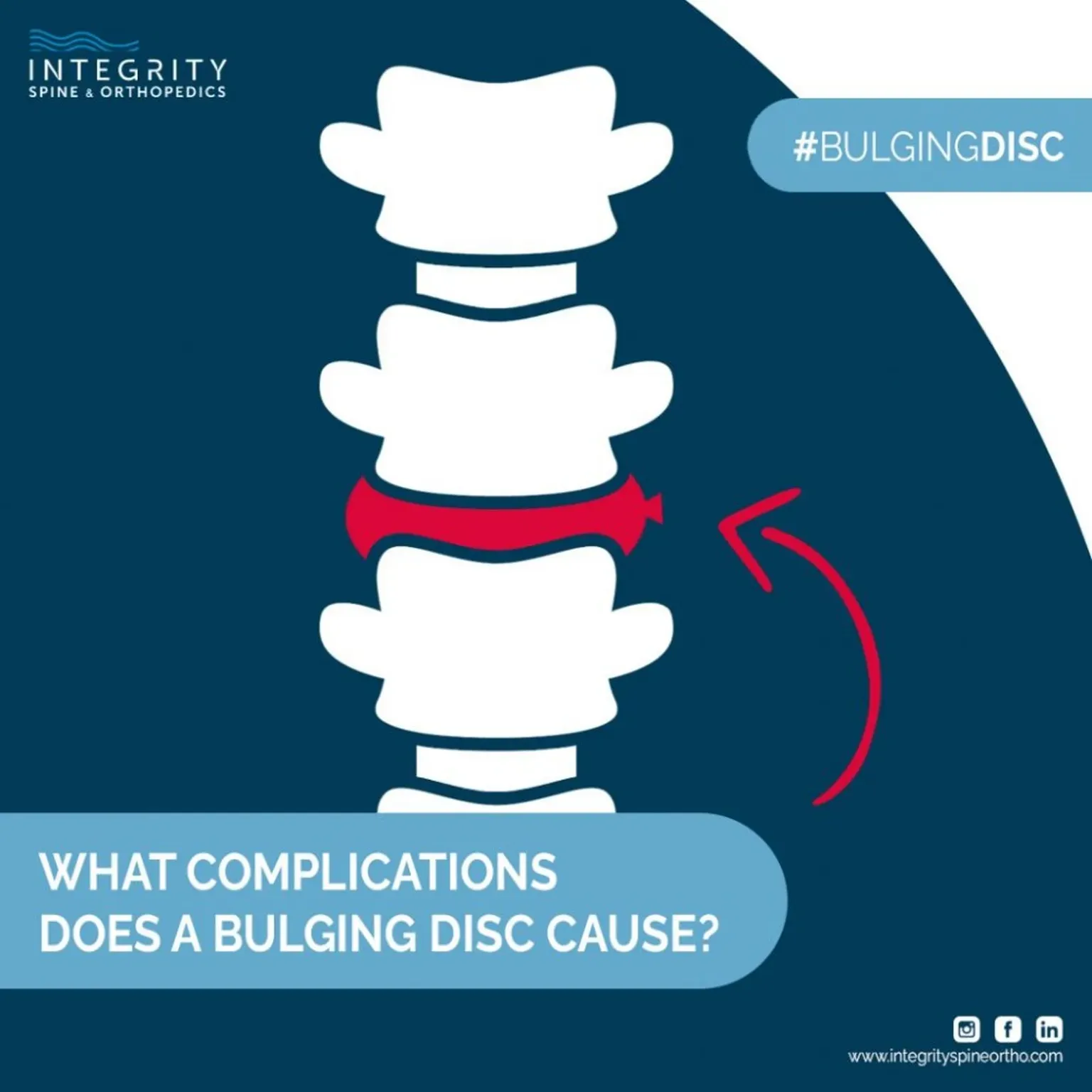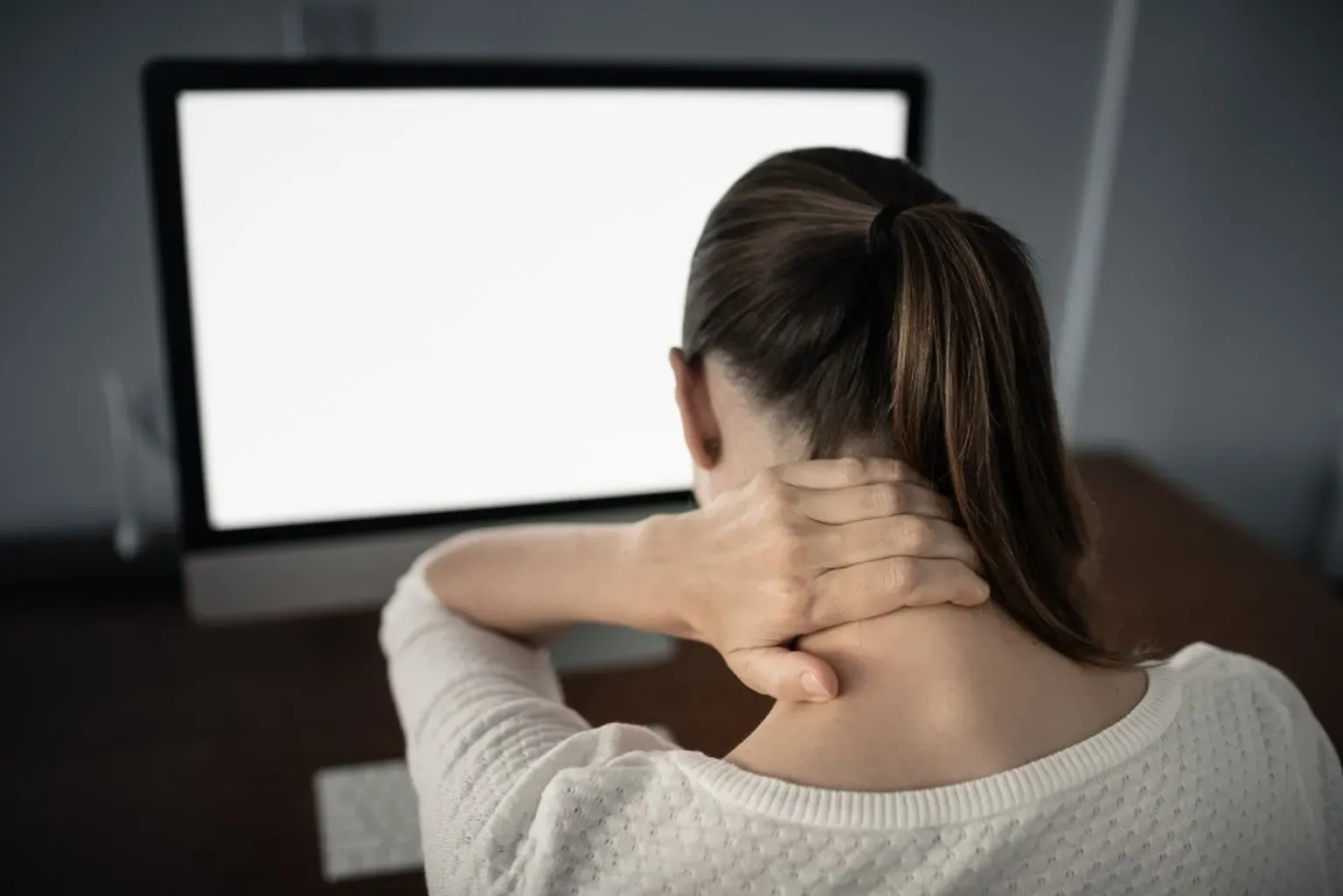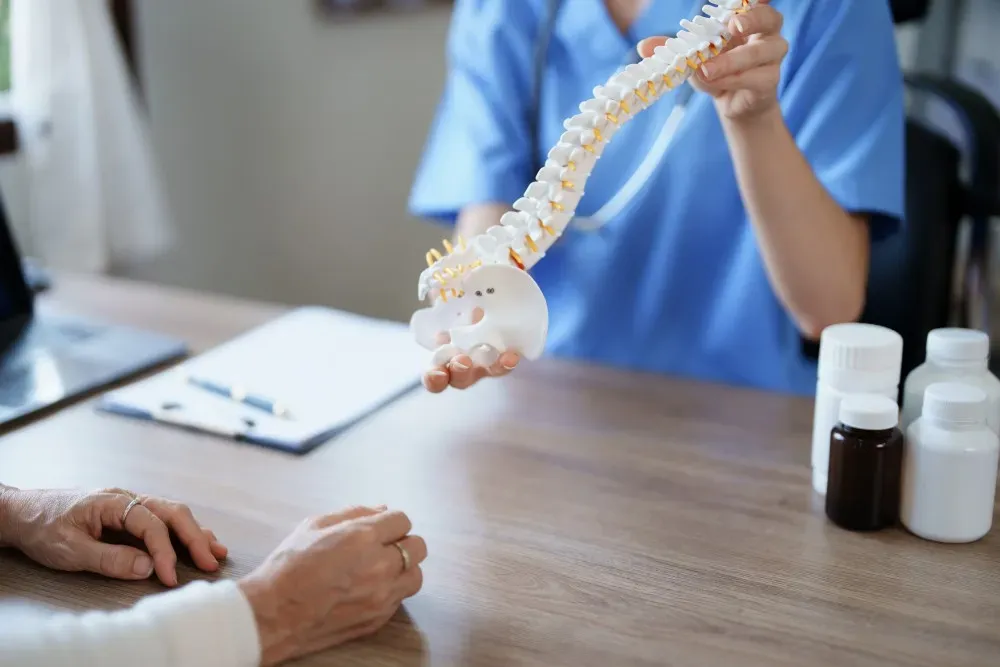Neurosurgery & Orthopedic Surgeons in Jacksonville

What Complications Does a Bulging Disc Cause?
A bulging disc is a common, age-related spine injury. The spine is made up of stacked vertebrae with spinal discs sitting between each one. The tough discs provide cushioning, support, and shock absorption and movement to the vertebrae.
A bulging disc is a common, age-related spine injury. The spine is made up of stacked vertebrae with spinal discs sitting between each one. The tough discs provide cushioning, support, and shock absorption and movement to the vertebrae. Each disc is made up of an outer ring (annulus fibrosus) and inner, jelly-like core (nucleus pulposus).
A bulging disc occurs when the nucleus shifts to press against the disc’s outer ring, causing the disc to flatten and protrude into the spinal canal. Age-related wear and tear on the spine is the most common cause of a bulging disc. A traumatic accident like a car crash or sports accident can also damage spinal discs.
Most bulging discs develop in the lumbar spine. Not all protruding discs are painful — some people live with disc damage for years without even knowing it. But that’s not always the case. Keep reading to learn more about complications that can arise from a bulging disc.
3 COMPLICATIONS OF BULGING DISCS
Some people live with bulging discs for years without pain or adverse effects. However, a protruding spinal disc can lead to complications and worsening symptoms that impact your quality of life. The following are three of the most common complications.
- Back and leg pain. A bulging disc frequently presses against spinal nerve roots exiting the spine. Nerve compression in the low back causes sciatica — a set of symptoms characterized by one-sided pain, numbness, tingling and weakness that starts in the low back and radiates down the leg and foot. Sciatic pain has been described as sharp, stabbing, burning, or electric. Significant back and leg pain and weakness can affect your ability to walk, exercise, and participate in daily activities.
- Herniation. A protruding disc is one of the early signs of spinal disc degeneration. As the disc continues to degenerate, wear and tear from daily activities can cause the disc to herniate. A herniated disc occurs when the inner, jelly-like nucleus erupts through the outer ring of the disc. When herniation occurs, the disc material could compress and irritate nearby nerve roots, causing back and leg pain, numbness, tingling and weakness.
- Permanent nerve damage. One of the most significant complications of a bulging disc is permanent nerve damage. Without treatment, compressed nerve roots in the spine can be permanently damaged, leading to chronic pain, weakness, and loss of sensation. Other rare but serious complications of a protruding disc include cauda equina syndrome, saddle anesthesia, and bowel and bladder dysfunction.
TREATMENT OPTIONS
The majority of bulging or herniated discs can be treated with non-surgical treatments. For a mild to moderate protrusion, your doctor may recommend avoiding activities that cause pain, anti-inflammatory medications, cortisone injections, ice and heat therapy, and physical therapy.
If you have a severe slipped disc that’s causing worsening pain, numbness or weakness, or bowel and bladder dysfunction, your doctor may recommend minimally invasive spine surgery. During surgery, your surgeon will remove the piece of the disc that’s protruding into the spinal canal and compressing nerve roots. Minimally invasive procedures are a safe and effective alternative to open back surgery. They require smaller incisions, cause less trauma to organs and soft tissues, and have faster recovery periods.
HOW TO PREVENT BULGING DISCS
There are steps you can take at home to protect your spine and reduce the risk of disc injuries.
- Exercise. Regular exercise keeps your spine strong, healthy, and flexible. Focus on strengthening the muscles that support the spine: your core muscles, leg muscles, and low back muscles. Low-impact activities like walking, swimming, and yoga are an excellent way to stay active without overstressing the joints.
- Lose weight. Excess weight places more stress and pressure on the spine and spinal discs.
- Practice good posture. Poor posture places more stress and pressure on the low back and spinal discs — especially when you sit for long periods. Maintain good posture while you’re standing and sitting to keep the spine in alignment and distribute weight evenly. Additionally, maintain good form while you’re weightlifting or otherwise lifting heavy objects to avoid dumping all the work on your back.
- Stretch frequently. Get up, walk around, and stretch frequently if you sit all day. Movement and stretching helps relieve tension in the spine and preserve spinal flexibility.
- Quit smoking. Smoking or using tobacco products can accelerate the rate of disc degeneration and slow the healing process for damaged spinal discs. If you need help quitting, check out these resources online or talk to your doctor.




